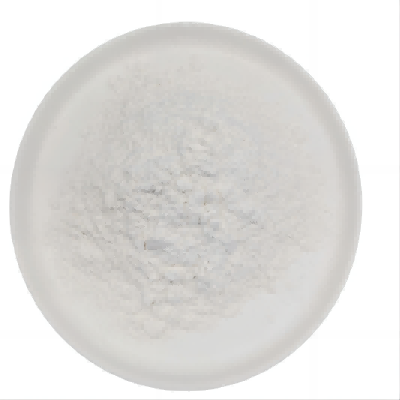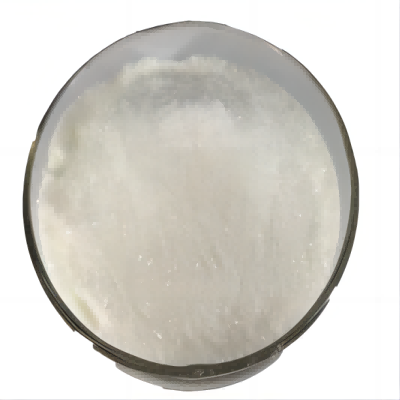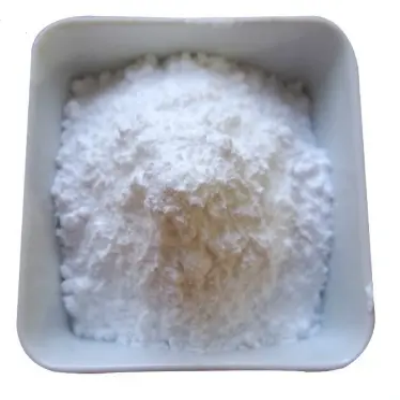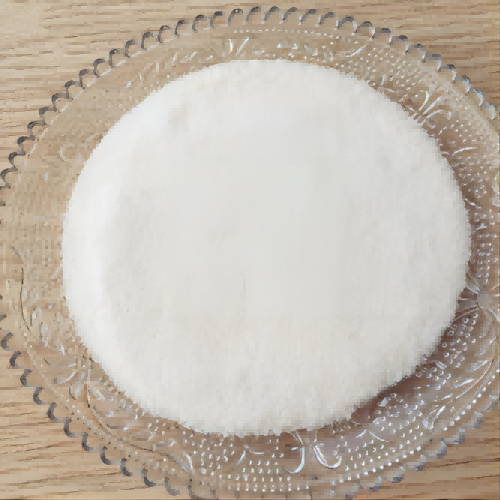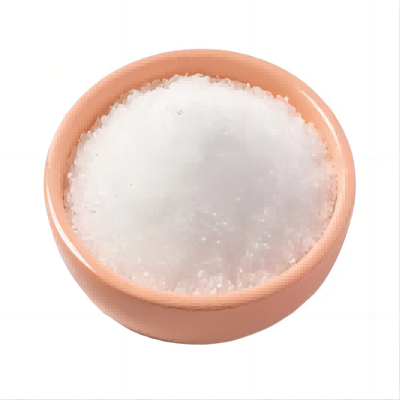9-AMINOACRIDINE CAS:90-45-9
9-Aminoacridine is primarily known for its applications in research and clinical settings due to its intercalation properties. One of its significant uses is as an antitumor agent, where it acts by inserting itself between the base pairs of DNA, disrupting normal replication and transcription processes. This mechanism can trigger apoptosis in cancer cells, making 9-aminoacridine a candidate for further exploration in chemotherapy protocols, particularly against various solid tumors and leukemias. In addition to its anti-cancer properties, 9-aminoacridine is effective as an antimicrobial agent. It has demonstrated activity against a variety of bacteria and fungi, suggesting potential utility in treating infections that do not respond well to conventional antibiotics. Its ability to interfere with nucleic acid synthesis extends its applicability beyond oncology into infectious disease management. Furthermore, 9-aminoacridine has been used in molecular biology research to study the interactions between drugs and DNA, aiding in the development of new therapeutic agents. Its role in enhancing the efficacy of other chemotherapeutics makes it a valuable component in combination therapy strategies. While 9-aminoacridine shows promise, ongoing research is essential to fully understand its pharmacological profile, optimize dosing regimens, and mitigate any potential side effects. Overall, its versatility in both therapeutic and research applications positions it as a significant compound in the fields of medicinal chemistry and molecular biology.






| Composition | C13H10N2 |
| Assay | 99% |
| Appearance | white powder |
| CAS No. | 90-45-9 |
| Packing | Small and bulk |
| Shelf Life | 2 years |
| Storage | Store in cool and dry area |
| Certification | ISO. |




